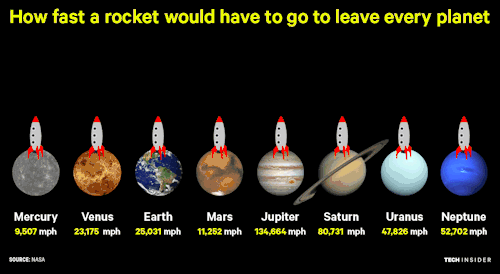Latest Posts by paratus-simulator - Page 2

Astronomers discover dizzying spin of the Milky Way Halo
Astronomers at the University of Michigan’s College of Literature, Science, and the Arts (LSA) discovered for the first time that the hot gas in the halo of the Milky Way galaxy is spinning in the same direction and at comparable speed as the galaxy’s disk, which contains our stars, planets, gas, and dust. This new knowledge sheds light on how individual atoms have assembled into stars, planets, and galaxies like our own, and what the future holds for these galaxies.
“This flies in the face of expectations,” says Edmund Hodges-Kluck, assistant research scientist. “People just assumed that the disk of the Milky Way spins while this enormous reservoir of hot gas is stationary-but that is wrong. This hot gas reservoir is rotating as well, just not quite as fast as the disk.”
The new NASA-funded research using the archival data obtained by XMM-Newton, a European Space Agency telescope, was recently published in the Astrophysical Journal. The study focuses on our galaxy’s hot gaseous halo, which is several times larger than the Milky Way disk and composed of ionized plasma.
Read more ~ SpaceDaily
Image: Artist’s impression. Our Milky Way galaxy and its small companion galaxies are surrounded by a giant halo of million-degree gas (seen in blue in this artist’s rendition) that is only visible to X-ray telescopes in space. U-M astronomers discovered that this massive hot halo spins in the same direction as the Milky Way disk and at a comparable speed. Credit: NASA/CXC/M. Weiss/Ohio State/A. Gupta et al.

When NASA began launching Shuttle missions, it became clear that the MLP might inadvertently pose a danger to the crew or the vehicle, due to the possibility of massive acoustic shock waves bouncing off the platform and hitting the Shuttle as it lifted off. Source
Keep reading

Cone Nebula
A large, faint emission nebula and bright galactic association of stars known as The Christmas Tree Cluster form object NGC 2264, which itself contains a unique feature known as the Cone Nebula. The Cone Nebula’s shape comes from a dark absorption nebula consisting of cold molecular hydrogen and dust in front of a faint emission nebula containing hydrogen ionized by nearby star S Monocerotos, the brightest star of NGC 2264. The faint nebula is approximately seven light-years long and is 2,700 light-years away from Earth.
Credit: David M. Jurasevich

Figuring out our logo color palette. Going for representations of Earth, Mars, the moon, and Venus (plus a rocket). Thoughts?













































